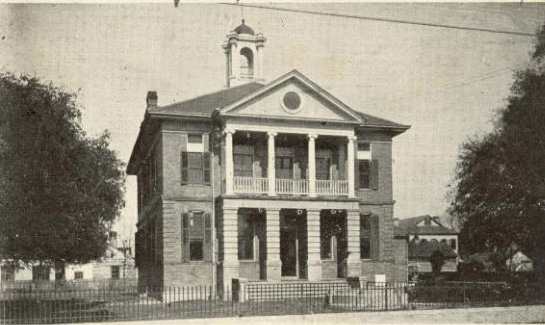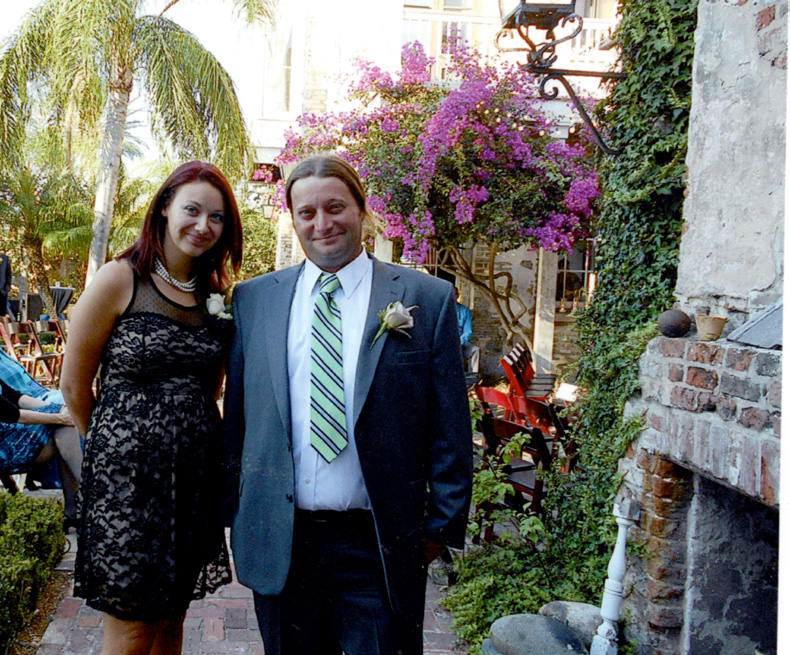The town of Mandeville, Louisiana was named for Pierre Philippe DeMarigny d’Mandeville, a landowner during the late 1700s. This was the place where Governor/General Bienville, in 1699, met Acolapissas after their village had been attacked by two Englishmen and 200 Chickasaw Native Americans. The English were rivaling the French for the area. The Native Americans hunted and fished along the bayous and many of their burial grounds still remain intact.
In the year 1912, there was only a one room jailhouse between the present city hall and Jefferson Street and there was only a “one-man” enforcement of the law. That man was Marshal Philip Smith, who served for 38 years patrolling on horseback.
According to Millie Fischer, the author of This Town Was Our Town: Mandeville, Smith reported that on Sundays it was a usual sight to see 2,000 people come over on the four boats from New Orleans that made regular trips to enjoy the sun. Lewisburg was established in the year of 1834, and it once functioned as a community spring where villagers went for water and neighborly gatherings. There was also an old saw mill that milled cypress wood.

St. Tammany courthouse built in 1896. Public domain from courthousehistory.com.
Before the bustling traffic and overly-abundant police force, I can see why New Orleanians would want to visit Mandeville, but these days a lot of the beautiful trees have been cut down and there are houses on every corner. In the words of my boyfriend, Matt, “Mandeville is a pretty place. There’s more nature there than in the city. But it has its downfalls, too. It’s boring most of the time. There is not much to do after dark.” He says, “That’s why I have always loved New Orleans, because it wasn’t Mandeville.” Matt also explained that the type of people who generally live there are mainly, “wealthy white people,” whose lives consist of buying, “big houses in gated communities and lots of toys like motorcycles and jet skis.”
When Matt’s parents met, his mom was living in Chalmette, which is now a predominantly black area. Together his parents moved to ex-urbia of Mandeville, which could be considered white flight. When she moved in, they were nearly the only house on the whole street, but now, if you sit on their porch you can hear the traffic grumbling by all day on Highway 59, and the streets are overcrowded with houses.
Matt and I met through a mutual friend named Amanda. She took me fishing on his parent’s party barge in Lacombe, and that was where I got the pleasure of meeting Matt, who works on fixing fiberglass on boats through his dad’s business which was passed down to him.

April with her boyfriend Matt. Photo owned by April Curran.
Matt’s dad, Barry, comes from an Italian family with Sicilian roots, and his mother, Linda, is very proud of her English heritage. Matt’s dad likes to spend his time riding motorcycles, and his mother enjoys gardening and cooking when she is not working at Poydras Home–a retirement community on Magazine Street in New Orleans.
As my boyfriend and I are about to have a child of our own soon, we both agree that we would never want to raise children in a place like Mandeville. Matt told me, “My mom only wanted to move me and my little brother there when we were kids since the schools from kindergarten to junior high school are all considered blue ribbon schools.” My mom had told me the same thing: the schools helped her make the decision and justify moving to Mandeville.
But “good schools” don’t necessarily mean children have good childhood experiences. I spent almost 10 years of my youth in the court system and Matt spent 15 years caught up in it because as he says, “It is very easy to get into and very hard to get out of.” Many young people end up in the Adult Drug Court or probation system later in life, which is exactly the same protocol as the youth version, except it is with offenders over the age of 16. Even though you aren’t legally allowed to drink until the age of 21, 17 is considered the legal age of an adult in the state of Louisiana.
 NOLAbeings Multimedia artist Claire Bangser created NOLAbeings as a portrait-based story project that marries...
NOLAbeings Multimedia artist Claire Bangser created NOLAbeings as a portrait-based story project that marries...  Voodoo in New Orleans: Reviving history: New Orleans fortune telling This article takes a deep dive into the history of Voodoo in New Orleans, its hybridization with Catholicism, and its present-day place in the city's culture. The author visits fortune-tellers in the French Quarter, using their guidance as a tool for introspection rather than a deterministic predictor of the future. Through her experiences in New Orleans, the author feels a mystical connection to both the past and the future.
Voodoo in New Orleans: Reviving history: New Orleans fortune telling This article takes a deep dive into the history of Voodoo in New Orleans, its hybridization with Catholicism, and its present-day place in the city's culture. The author visits fortune-tellers in the French Quarter, using their guidance as a tool for introspection rather than a deterministic predictor of the future. Through her experiences in New Orleans, the author feels a mystical connection to both the past and the future. 